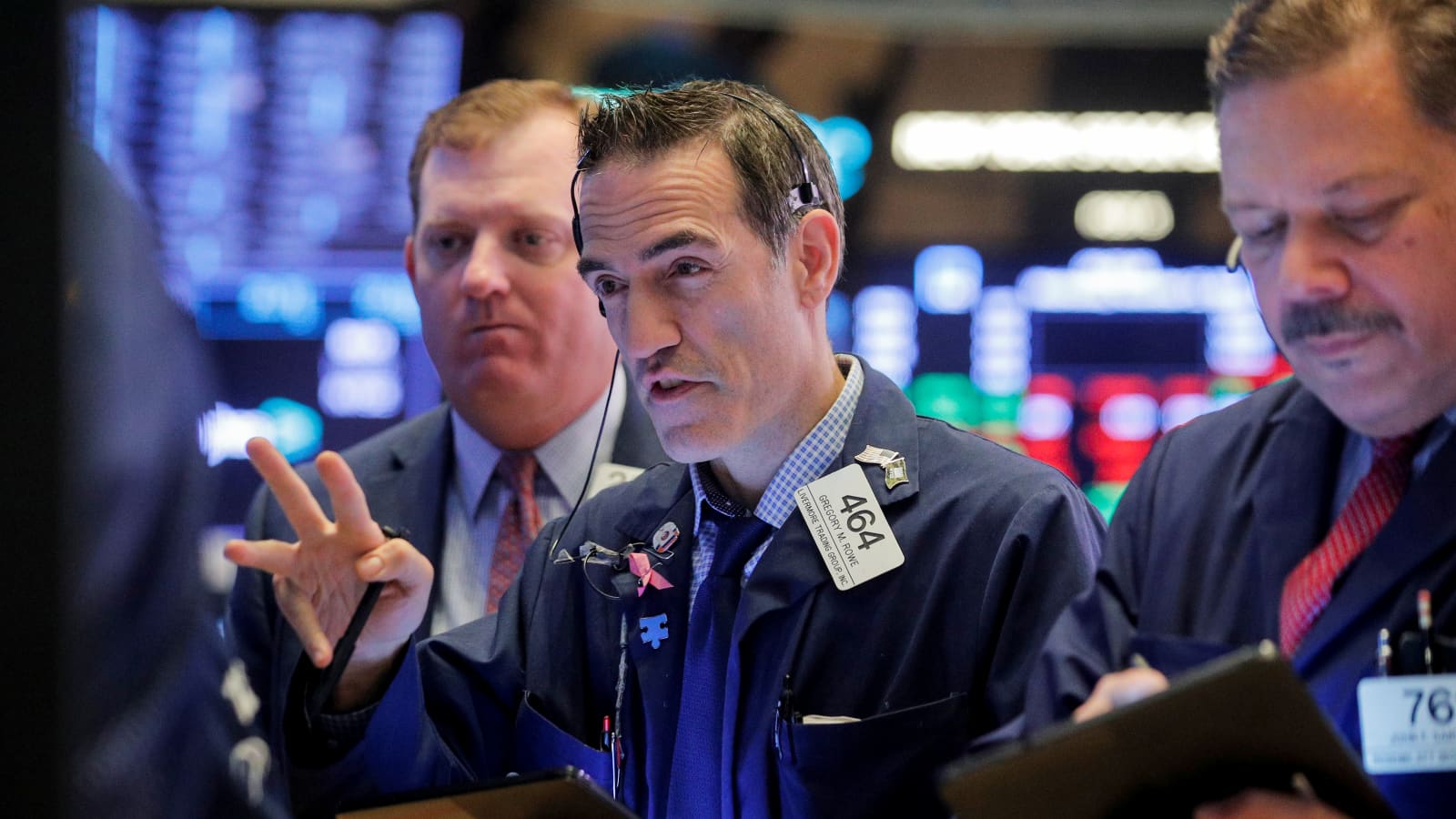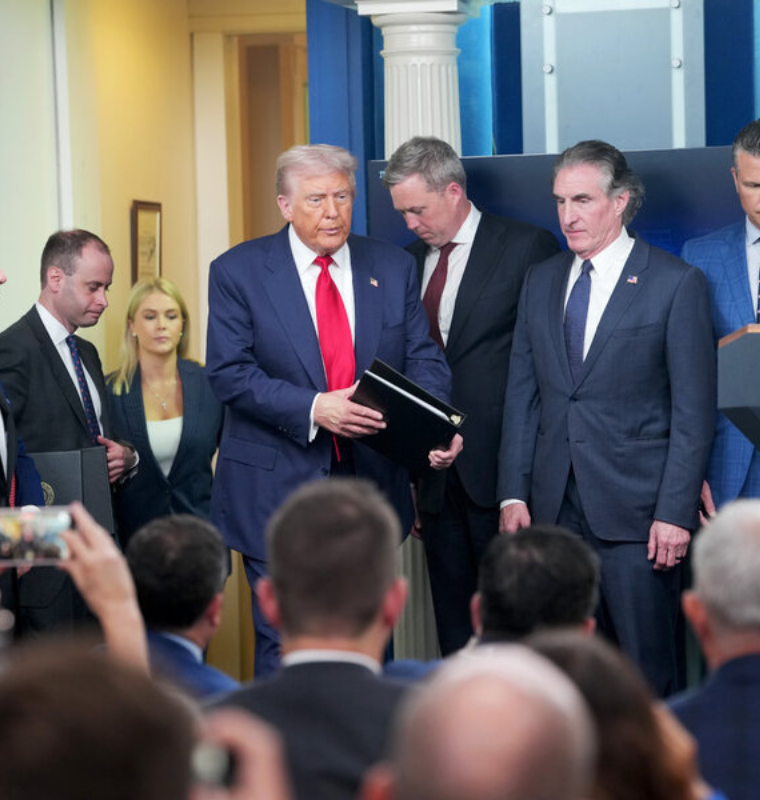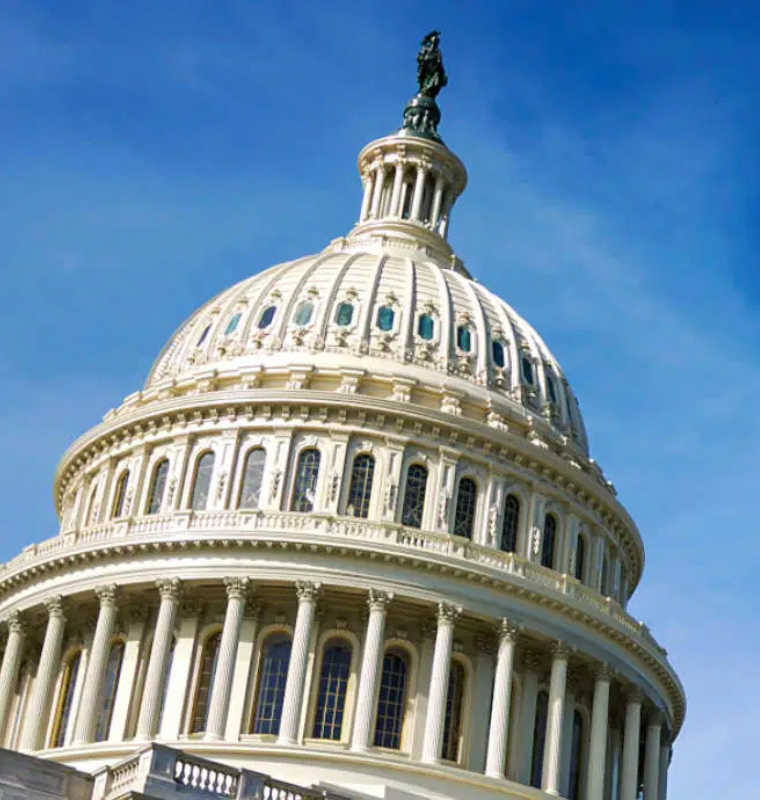U.S. Dollar Rallies After Iran Strike, but Analysts Warn Surge May Be Temporary
U.S. Dollar Rallies After Iran Strike, but Analysts Warn Surge May Be Temporary
By
Junia Wells
Last updated:
June 23, 2025
First Published:
August 6, 2025

Traders work on the floor of the NYSE. | Brendan McDermid | Reuters
Dollar Strengthens After U.S. Strikes Iran, But Underlying Pressures Loom
The U.S. dollar staged a sharp rally on Monday following American military strikes on Iranian nuclear sites, as investors rushed into safe-haven assets amid escalating geopolitical tensions in the Middle East. However, many analysts warn that this upward move may prove fleeting as deeper structural vulnerabilities in the U.S. economy resurface.
Dollar Index Jumps Amid Middle East Escalation
The U.S. Dollar Index (DXY), which tracks the greenback against a basket of major currencies, surged as much as 0.45% in early London trading, reflecting gains against the euro, Japanese yen, British pound, Canadian dollar, and Australian and New Zealand dollars. By mid-morning, the index remained 0.4% higher, signaling heightened safe-haven demand.
Kirstine Kundby-Nielsen, fixed income and currency strategist at Danske Bank, attributed the initial surge to market jitters following U.S. airstrikes on Iran’s nuclear facilities, stating:
"The escalation in the Middle East has triggered classic safe-haven flows: rising oil prices, falling equities, and a stronger dollar."
Military Tensions Mask Broader Economic Concerns
Despite the short-term bounce, leading investment banks argue that the dollar’s rally could be masking growing economic vulnerabilities in the U.S. Analysts point to multiple headwinds that could eventually reverse the greenback’s strength:
- Record U.S. fiscal deficits are raising concerns about the sustainability of government debt.
- Trade conflicts, particularly with the European Union, are intensifying. The U.S. is threatening new tariffs of up to 50% on EU imports if trade talks fail to reach resolution by the July 9 deadline.
- International demand for U.S. assets has been softening, as foreign investors grow wary of American fiscal policy and global supply chain tensions.
The dollar index is still down over 8% year-to-date, reflecting broader skepticism despite intermittent safe-haven rallies.
Strait of Hormuz Risks Heighten Market Anxiety
Much of the immediate dollar strength revolves around fears that Iran could retaliate by disrupting oil shipments through the Strait of Hormuz, a chokepoint responsible for nearly 20% of global oil and LNG flows, according to the U.S. Energy Information Administration (EIA). Even temporary disruptions could trigger sharp increases in global energy prices and shipping costs.
However, not all experts foresee a full-blown crisis. RBC Capital Markets’ Halima Croft, a former CIA analyst, said:
“Iran’s asymmetric warfare tactics could involve targeted attacks on individual tankers or key ports, rather than a complete blockade.”
Similarly, Mizuho’s Jordan Rochester noted that geopolitical calculations involving China — one of Iran’s key trading partners — may deter Tehran from fully closing the Strait, adding:
“It’s unlikely we see the $100-$130 per barrel oil levels that some fear.”
Treasury Markets Signal Caution
Interestingly, U.S. Treasury markets, another traditional safe-haven, have not mirrored the dollar’s aggressive move. Kundby-Nielsen highlighted that heavy U.S. deficits combined with rising Treasury supply are dampening demand for government debt:
"The expected surge in Treasury issuance, driven by soft fiscal policy, complicates the usual flight-to-safety dynamic."
Growing Short Positions Against the Dollar
Several fund managers believe the current rally may be setting the stage for a renewed dollar downturn. According to Bank of America’s Global Fund Manager Survey conducted in mid-June (before the U.S.-Iran escalation), being short the dollar was ranked as the third most crowded trade globally.
Macquarie strategists Thierry Wizman and Gareth Berry also caution that the dollar would likely be significantly weaker today if not for the temporary geopolitical shock:
“The underlying data — including deteriorating U.S. trade balances and weakening foreign investment flows — point to a softer dollar environment.”
Long-Term Outlook: Fragile Support for the Greenback
While the dollar remains resilient in times of crisis, structural challenges are growing harder to ignore. Analysts broadly agree that once the immediate crisis fades, attention will likely shift back to:
- Rising national debt, now exceeding $34 trillion.
- Widening trade deficits.
- Fed policy shifts as inflation stabilizes.
- Global diversification away from dollar reserves.
With major central banks including China’s PBOC and the European Central Bank (ECB) exploring alternatives to dollar dependency, the greenback’s long-term dominance faces increasing scrutiny.
The U.S. dollar’s safe-haven surge following strikes on Iran reflects typical market behavior in times of heightened uncertainty. But behind the headlines, mounting fiscal, trade, and monetary pressures could leave the dollar vulnerable to sharp corrections once geopolitical tensions de-escalate.
In the coming weeks, currency markets will remain highly sensitive to both developments in the Middle East and broader U.S. macroeconomic signals as investors reassess the dollar’s fragile foundation.
Popular articles
Subscribe to unlock premium content
Disney’s Timeless Magic and How the Entertainment Giant Continues to Shape Culture and Innovation

Imran Khan’s Economic Missteps Amid Political Chaos in Pakistan

The Philippines’ Digital Shift How Remittances and BPO Are Fueling Growth

Disney’s Timeless Magic and How the Entertainment Giant Continues to Shape Culture and Innovation

Imran Khan’s Economic Missteps Amid Political Chaos in Pakistan

Disney’s Timeless Magic and How the Entertainment Giant Continues to Shape Culture and Innovation









